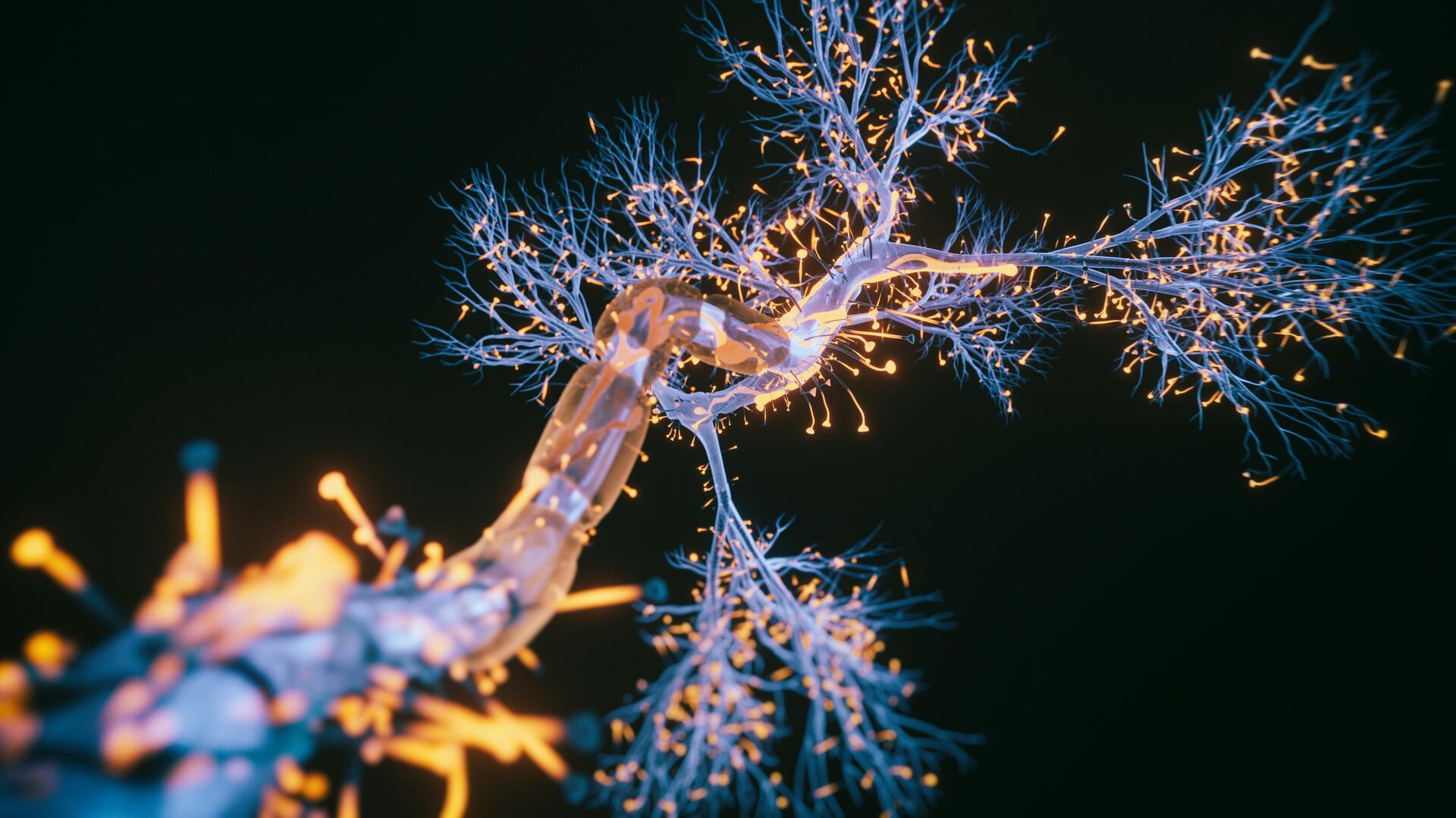
MOSCOW, November 27. Scientists from the Institute of Cytology and Genetics SB RAS (ICiG) together with colleagues from TPU have proven that nanoparticles can be captured by neuronal cells in the olfactory bulbs of the nose. According to them, the movement of captured particles can be controlled using an alternating magnetic field, which will allow them to be delivered to the desired parts of the brain and influence its functioning, the organization’s press service reported.
As the researchers noted, their main goal was to test whether magnetoelectric nanorobots would work inside living brain cells. In all previous projects, attempts to control the activity of a neuron using magnetoelectric nanoparticles were carried out externally, from the extracellular space.
“
“For the first time in the world, we were able to show that the simplest nanorobots can penetrate inside neurons, their movement throughout the body can be effectively controlled, and they are able to influence the activity of cells from the inside,” said one of the study participants, senior researcher at the Institute of Cytology and Genetics, Alexander Romashchenko.< /p>
The ICG believes that the research results can be applied in several applied medical areas.
Firstly, targeted delivery of nanorobots to the deep parts of the brain will make it possible to treat neurodegenerative diseases. It is known that periodic stimulation of the parts of the brain responsible for the perception of odors is effective in the treatment of Parkinson's disease. To activate these neurons, various approaches are used, for example, by presenting odors or using strong magnetic fields that affect a huge number of neurons at once. With the help of magnetic-electric nanorobots, according to ICG scientists, it is possible to achieve a more pronounced, focused therapeutic effect and actually correct the functioning of the brain.
The second potential way to use nanorobots is to use them as drug deliverers drugs.
In particular, now employees of the laboratory of genetics of laboratory animals of the Institute of Cytology and Genetics SB RAS, together with colleagues, are studying the possibility of delivering drugs using nanoparticles to brain tumors, which form synaptic contacts with surrounding cells. According to ICG specialists, these contacts can be used for non-invasive targeted delivery of the drug into tumor cells.
The institute also suggests that nanorobots can be used in a promising area of modern medicine — the therapy of neuroregenerative processes to eliminate consequences of neuronal death due to injury or stroke
“This approach is based on placing undifferentiated stem cells in the area of damage and creating conditions under which, under the influence of local electrical stimulation, they more effectively differentiate into neurons,” Romashchenko emphasized.
The simplest magnetoelectric nanorobots used in the study were created by scientists International Research Center «Piezo- and Magnetoelectric Materials» of Tomsk Polytechnic University (TPU). These robot particles are capable, under the influence of an external alternating magnetic field, of exerting an electrical effect on the cell, stimulating its activity.
Previously, a group of scientists from the Institute of Cytology and Genetics SB RAS and a number of other scientific institutions conducted a large study on the question of how nanoparticles penetrate through the nose into the olfactory bulbs and other structures of the brain, moving inside cells from neuron to neuron.

























































Свежие комментарии